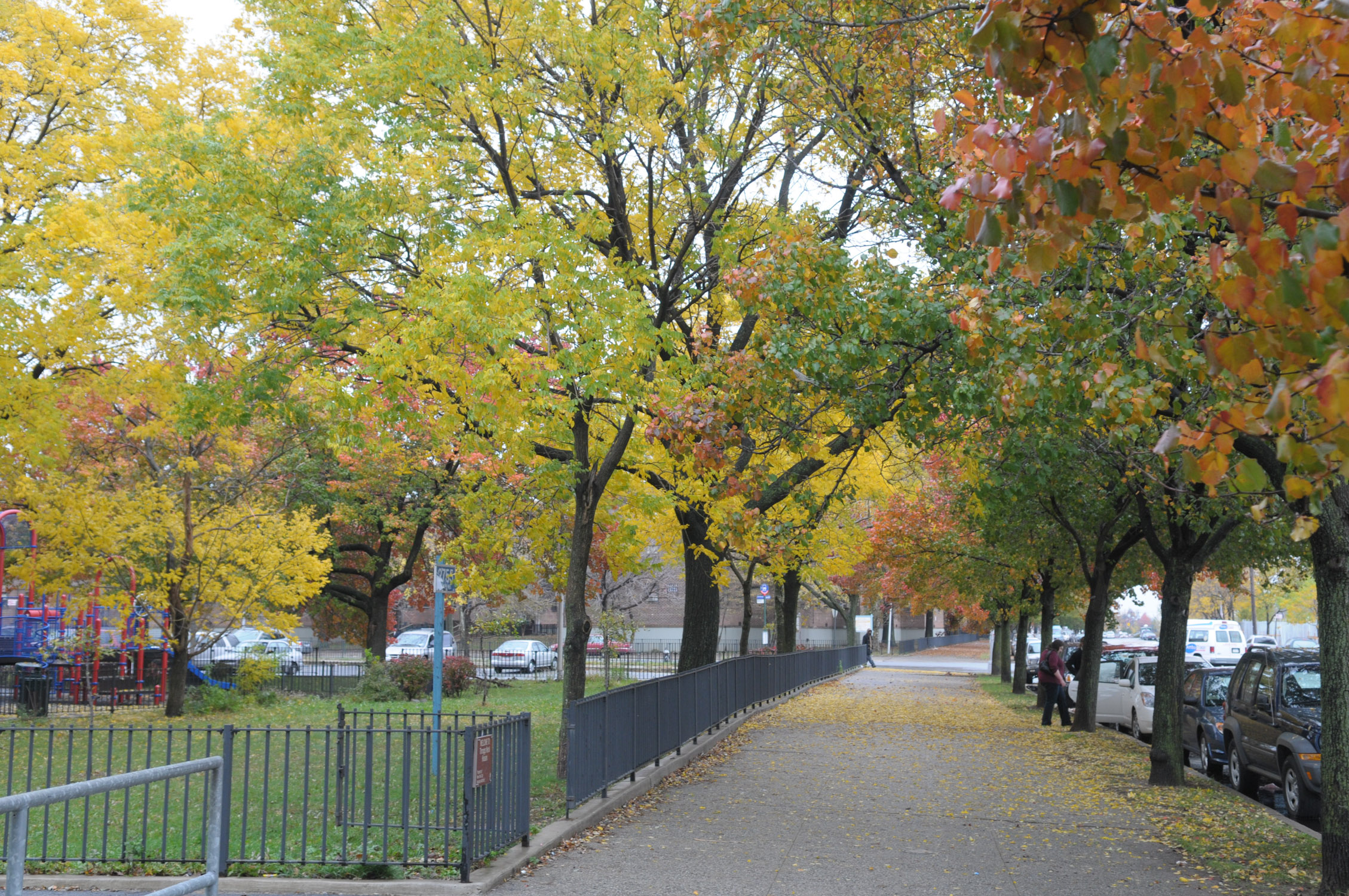Five Key Queens Tree Facts To Help You Breathe Easy
/A tree-lined street in Queens.
Photos courtesy of the Parks Department.
By Jonathan Sperling
A tree grows in Queens.
Actually, many do — more than Manhattan and the Bronx combined, according to a “Street Tree Map” regularly maintained by the New York City Department of Parks and Recreation.
Queens has at least 253,698 trees shading its streets, avenues, lanes and roads and pumping oxygen into the atmosphere for the borough’s 2.4 million residents.
That’s 70,000 more trees than Brooklyn, which, with 180,349 trees, has the second highest total in the city. Staten Island comes in at third place with 109,364 trees.
“Queens has a lot more landmass. Brooklyn is a more urban borough in that there’s more density, so there’s less room to plant trees,” a Parks Department spokesperson told the Eagle. “In Queens there’s potentially more land.”
But that’s not the only category where Queens trees reign supreme. Check out these five facts about the borough’s trees that you probably didn’t know.
Queens’ leafiest block is in Elmhurst, though the neighborhood has fewer trees relative to other areas in the borough. Hillyer Street between 51st Avenue and Kneeland Avenue is home to one of the densest concentrations of trees in the borough. Most of the block’s trees are of the London Planetree variety — the most common in the city — but the Norway Maple and White Ash species can also be found on the block.
The largest tree in New York City can be found in Queens. It’s an 87-inch diameter pin oak located on Douglaston Parkway and Barrows Court in Little Neck. This green giant removes approximately 6 pounds of air pollutants each year, as well as reducing carbon dioxide levels by approximately 17,746 pounds. A 70-inch diameter pin oak tree can be found in Whitestone and a 70-inch diameter silver maple tree can be found in South Jamaica — the next largest trees in the borough.
More trees are growing in the South Ozone Park area than any other neighborhood in Queens. Current Parks Department data places 14,856 trees in the neighborhood. Bayside, Forest Hills and Whitestone also have a large amount of trees relative to the rest of the borough.
Nearly 80 percent of the 242,414 Queens street trees mapped in 2016 were rated by the Parks Department to be in good condition, with just 6 percent receiving a rating of either “poor” or “dead.”
Queens’ trees provide the borough with more than $58 million in benefits, including more than $8.6 million in energy conservation and more than $15.2 million in stormwater interception.
All information is based on the 2015-2016 TreesCount! Tree Census and weekly data that is continuously synced to the map by the Parks Department’s forestry team. The Parks Department currently only tracks trees on public streets.




